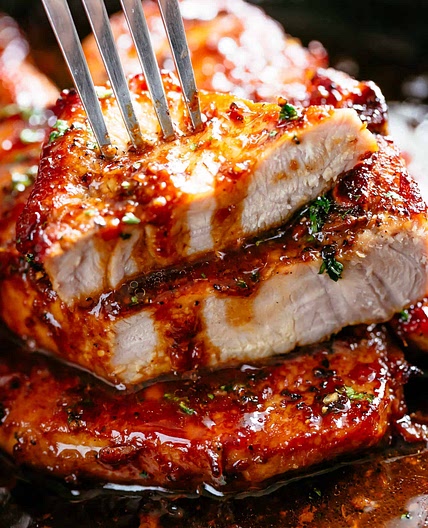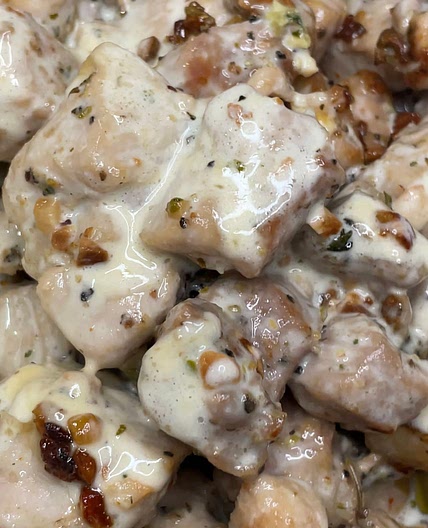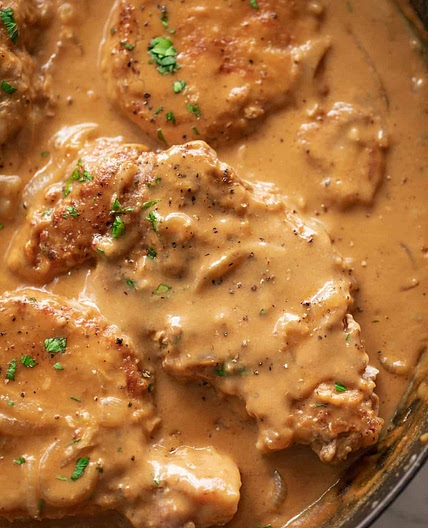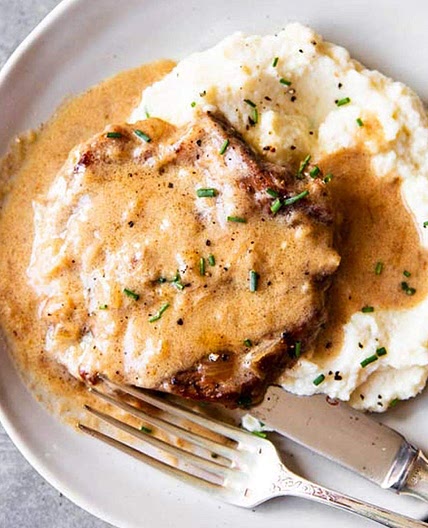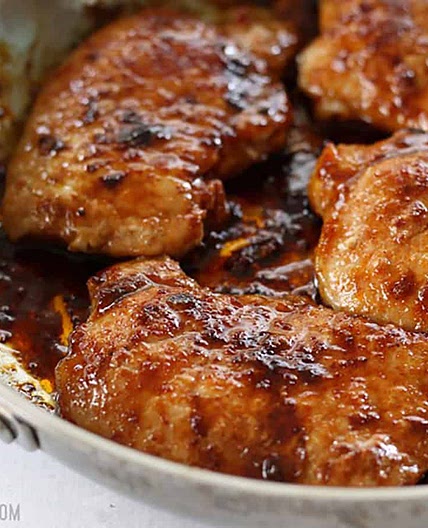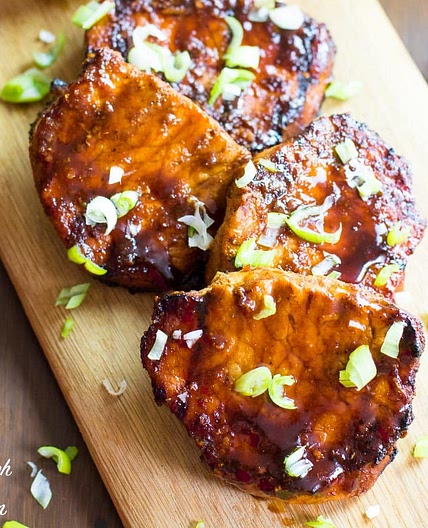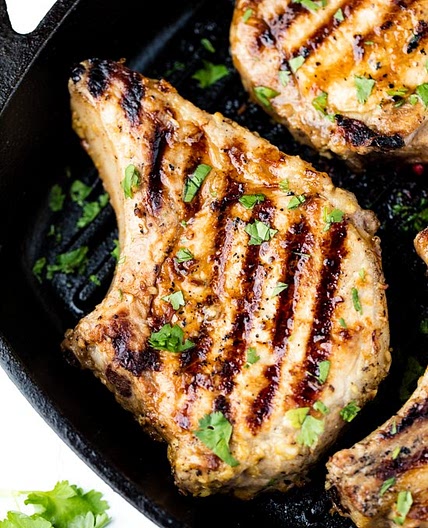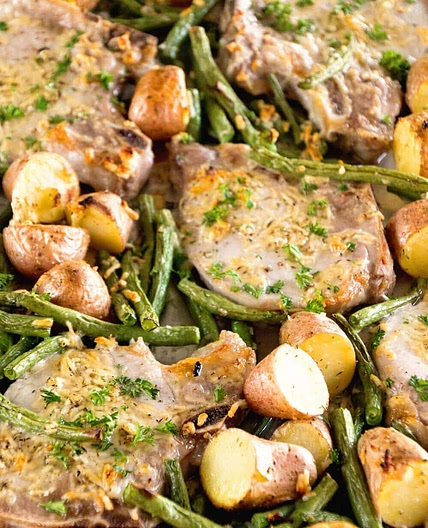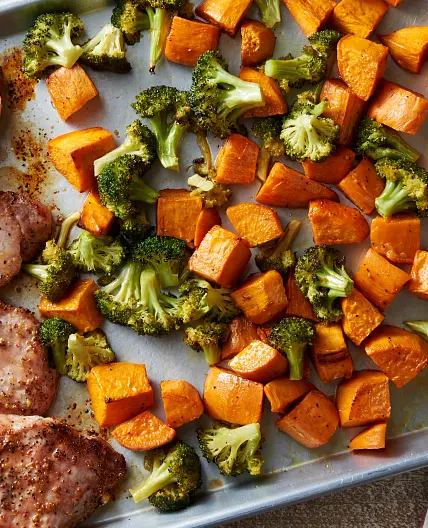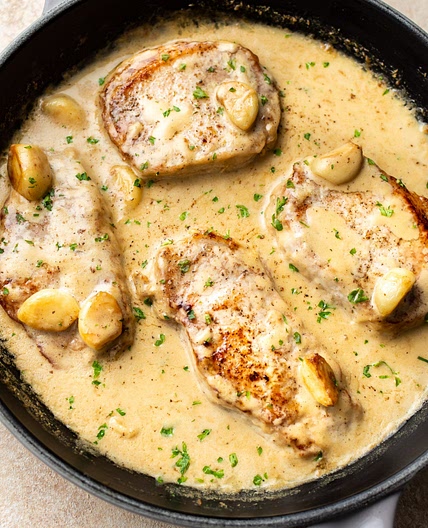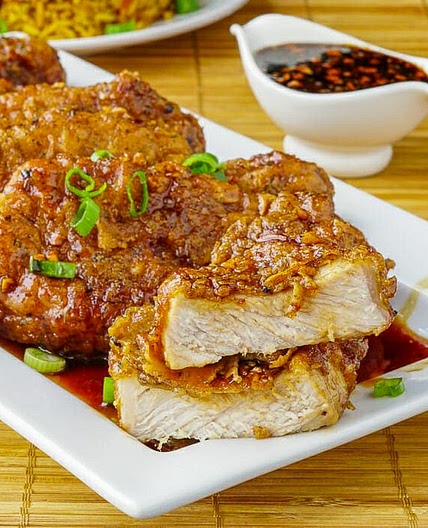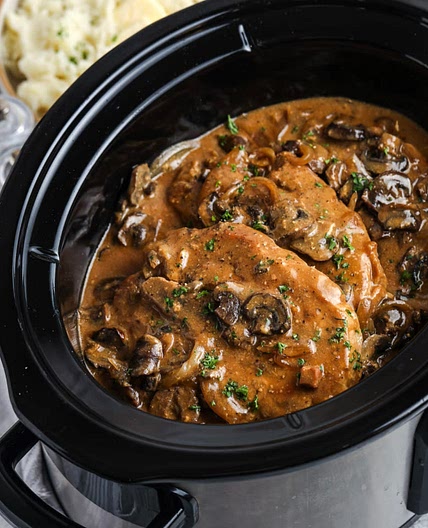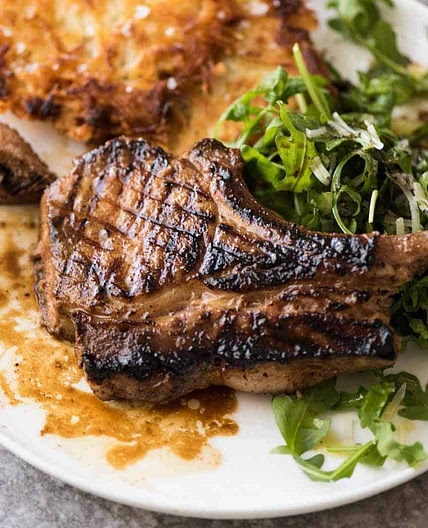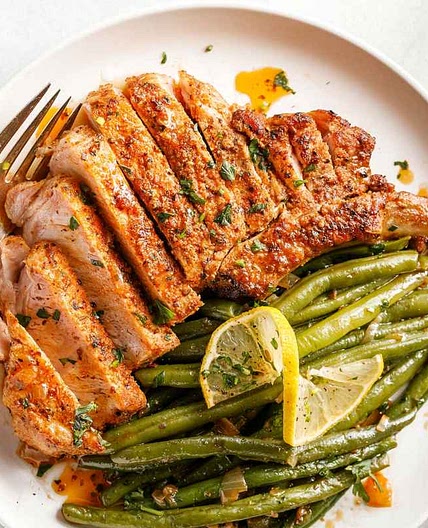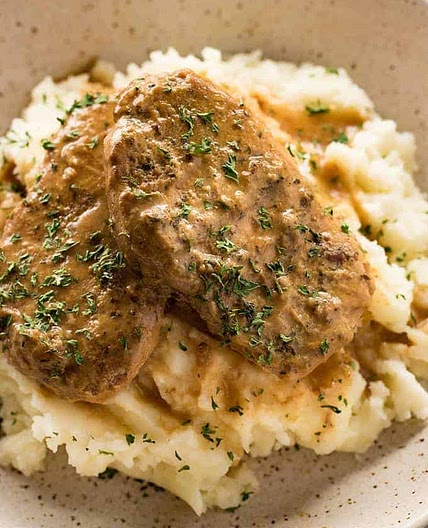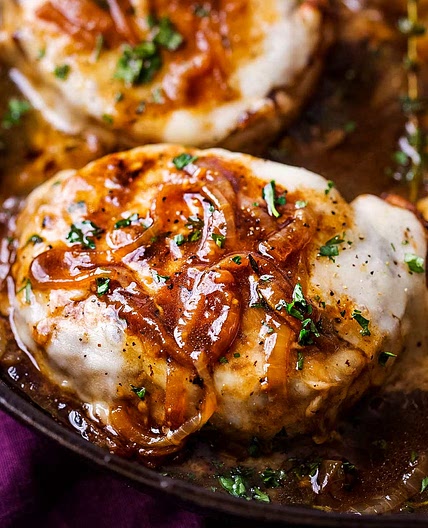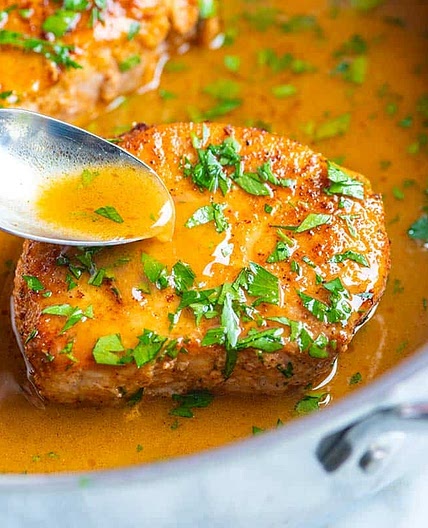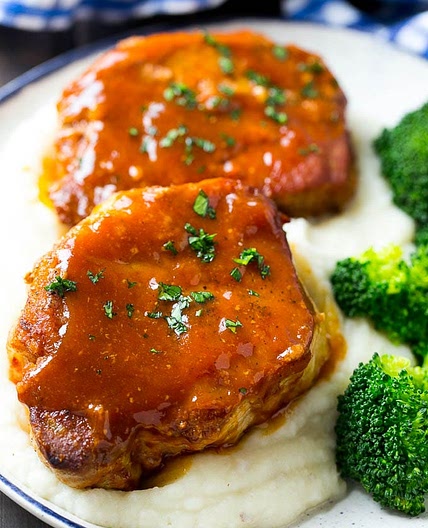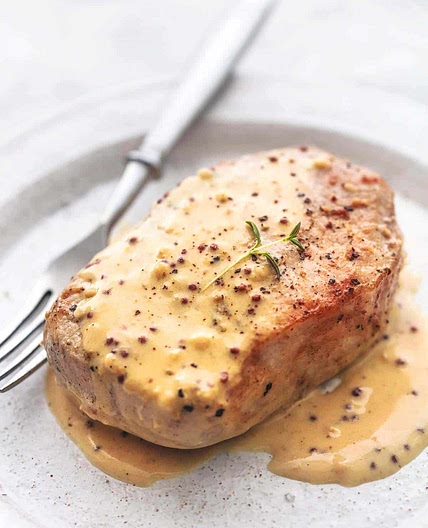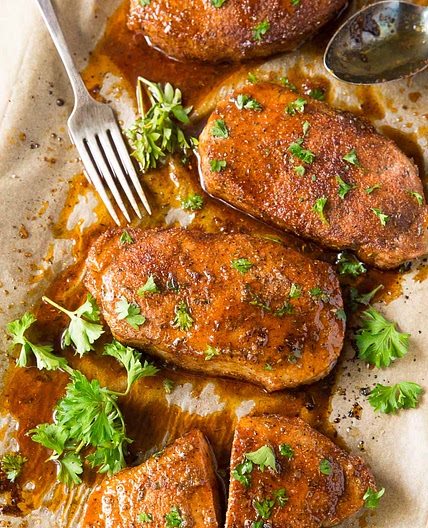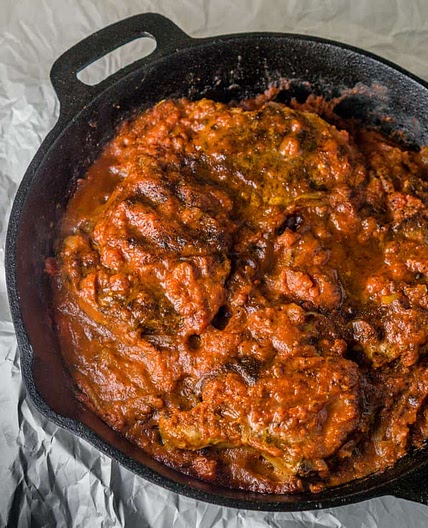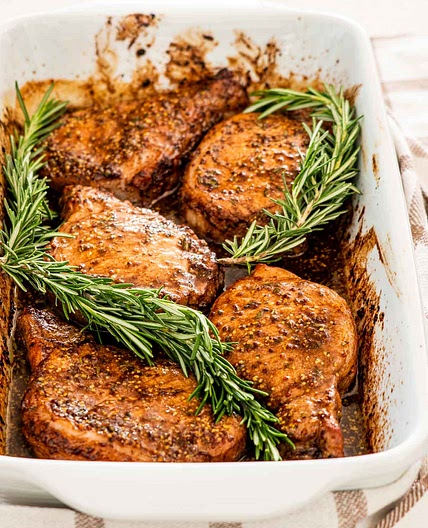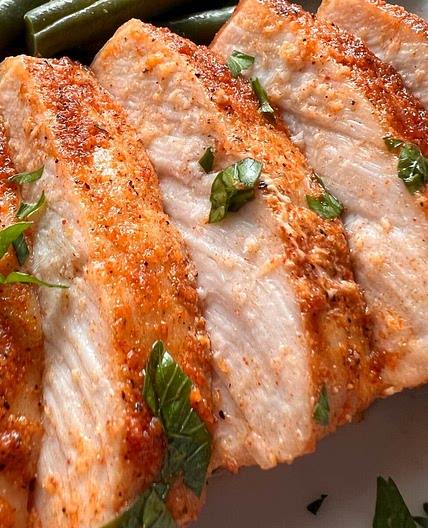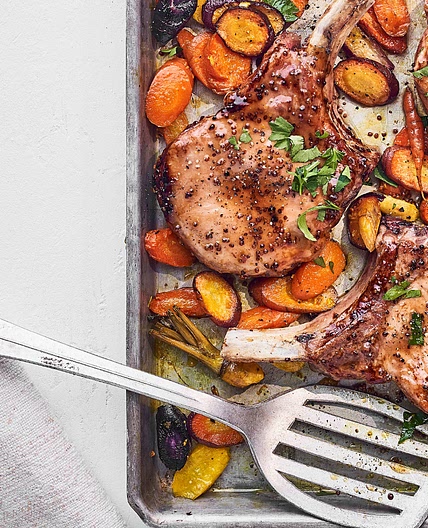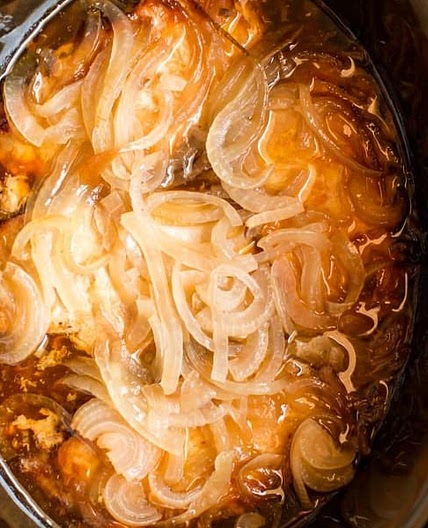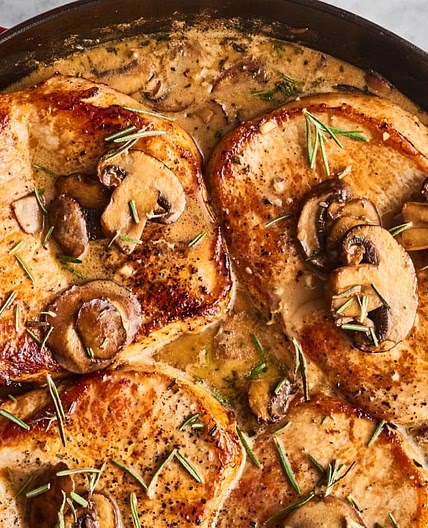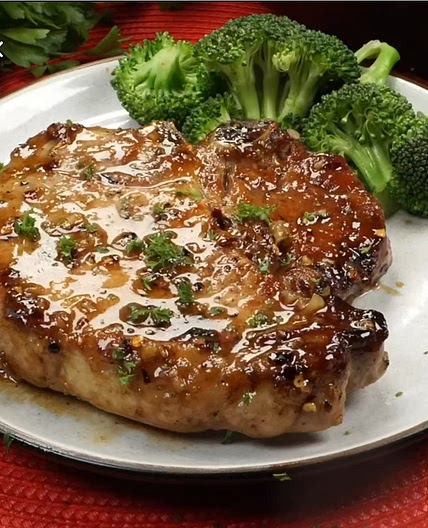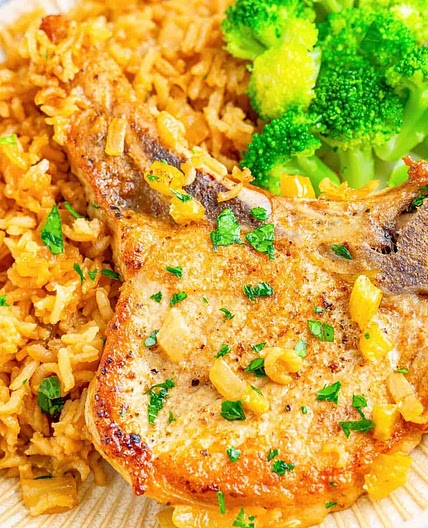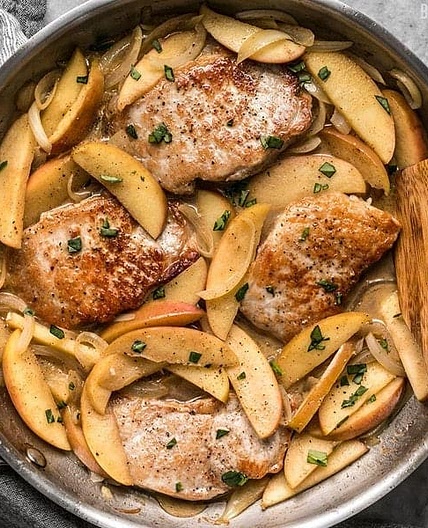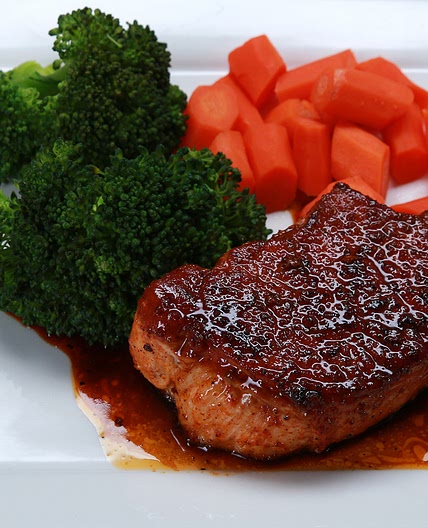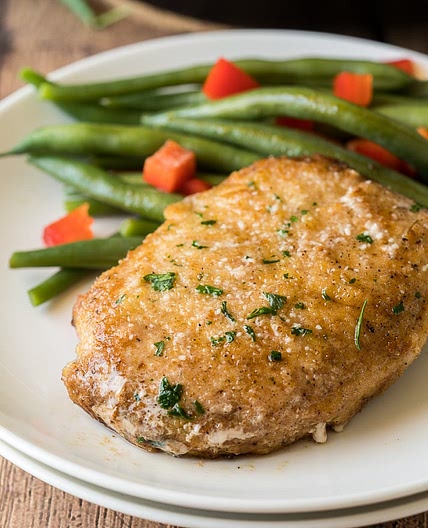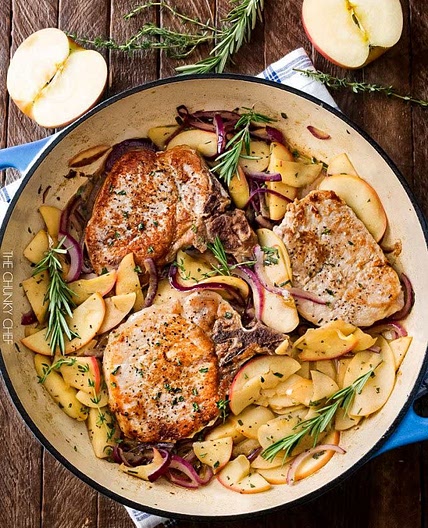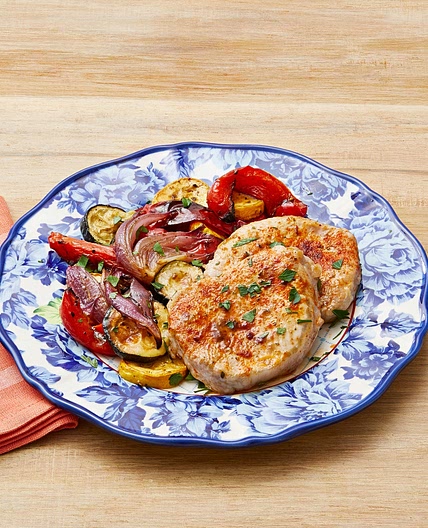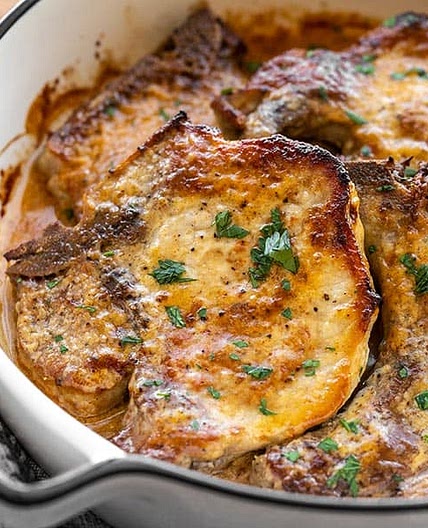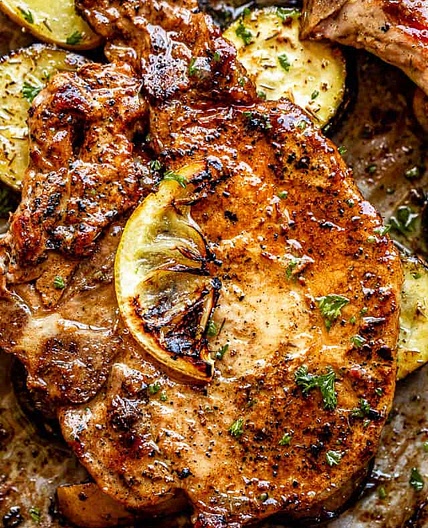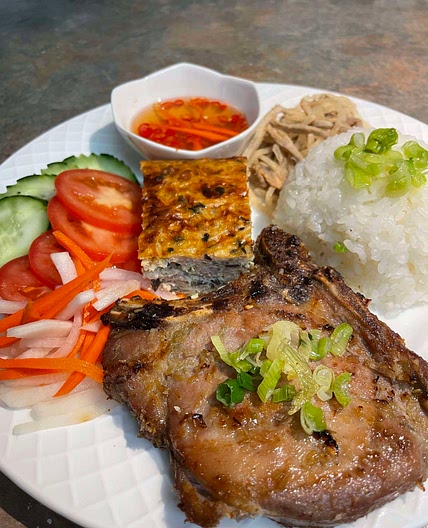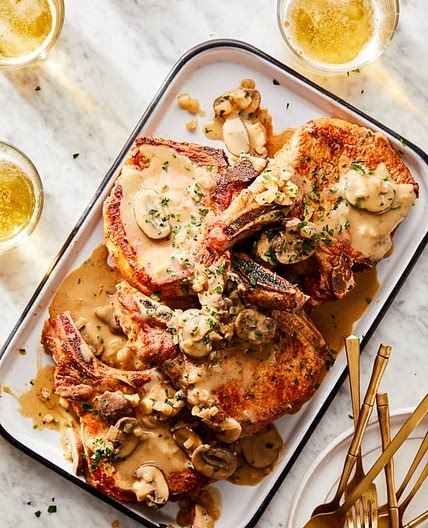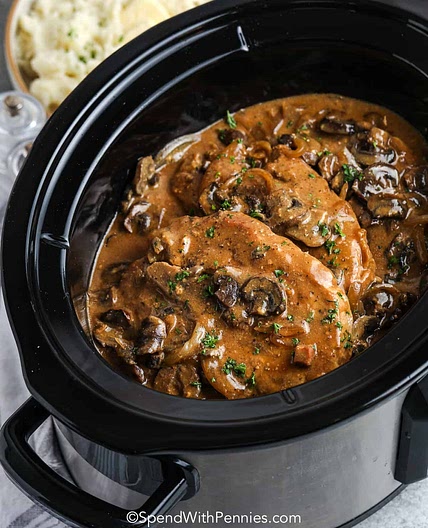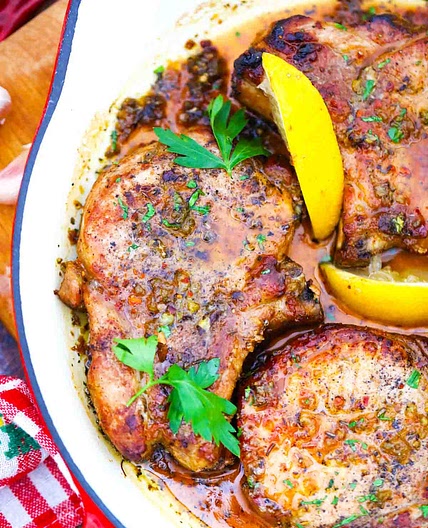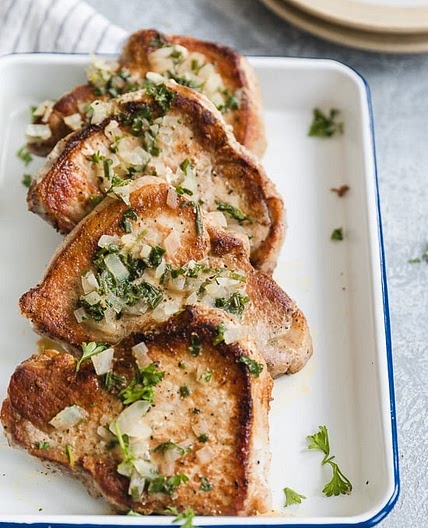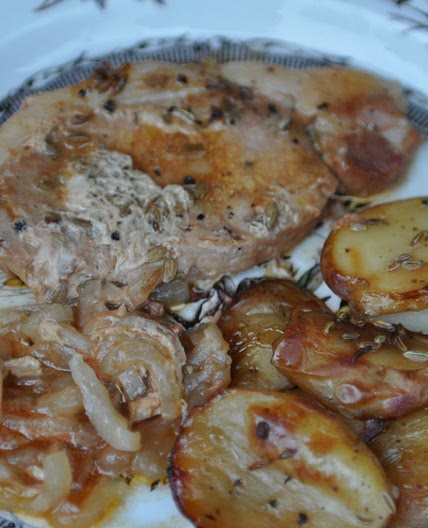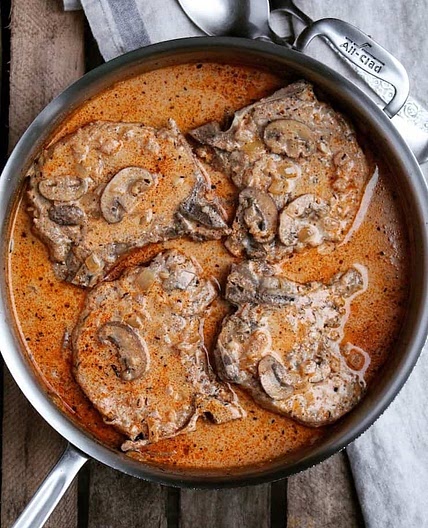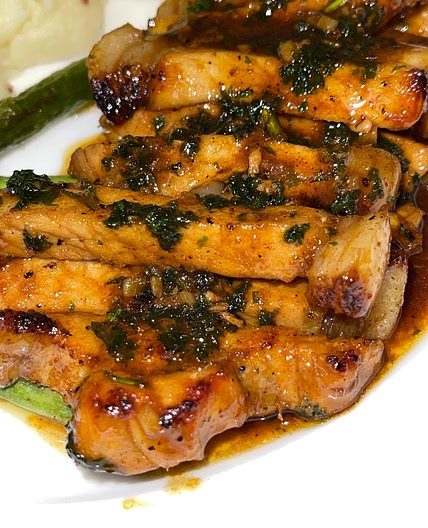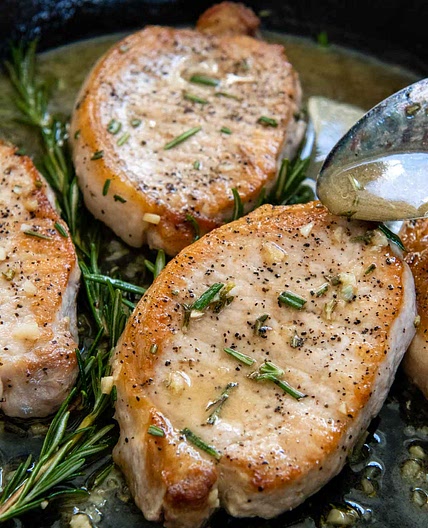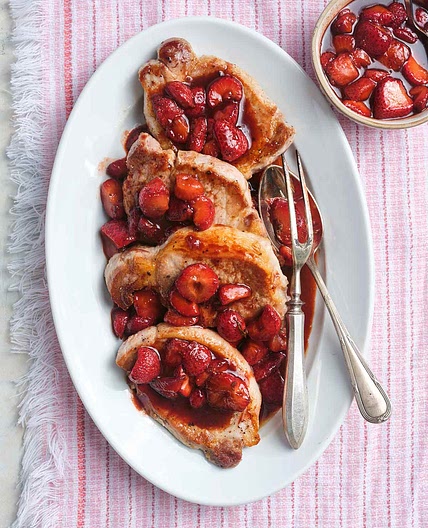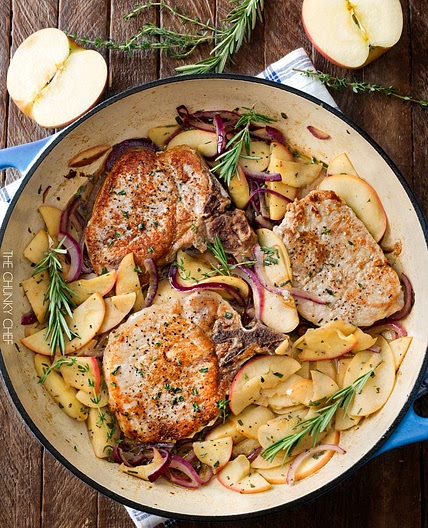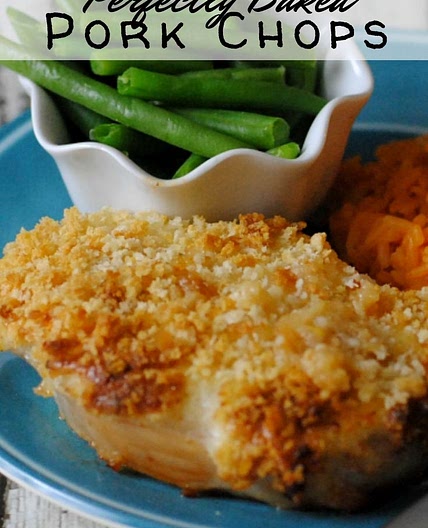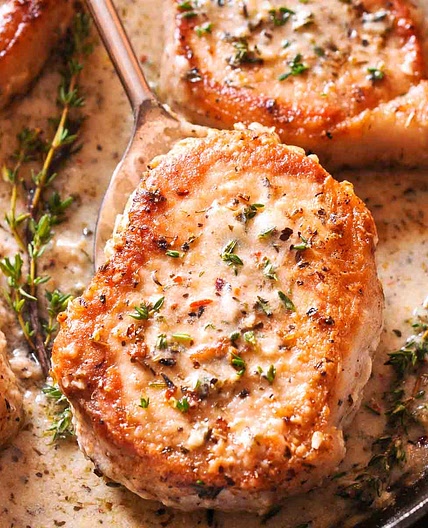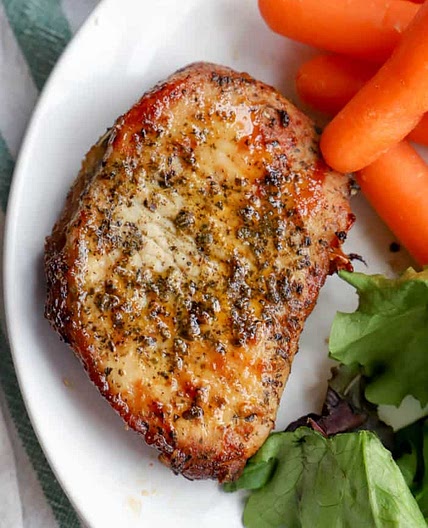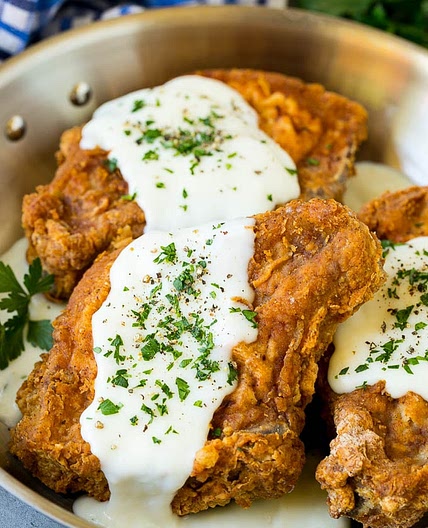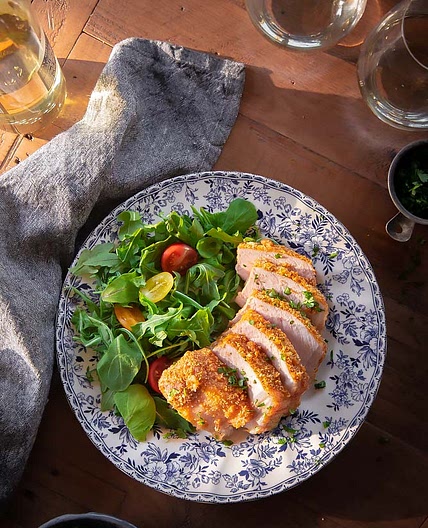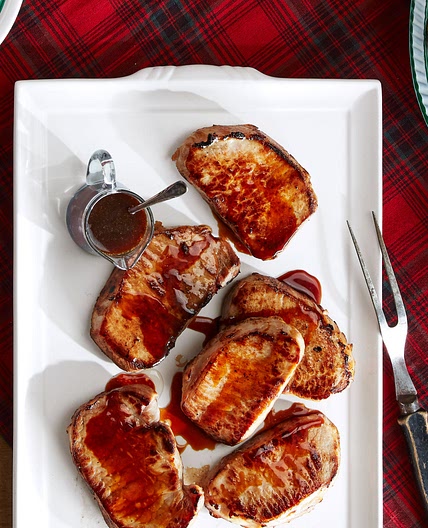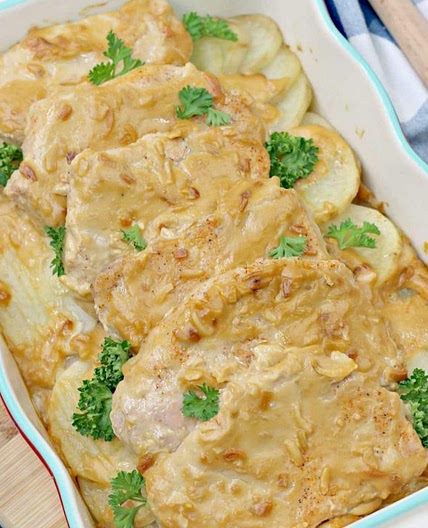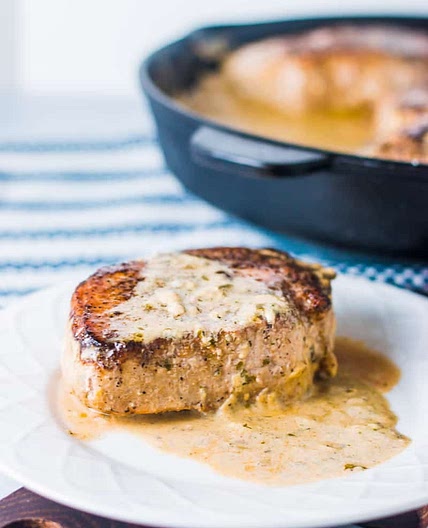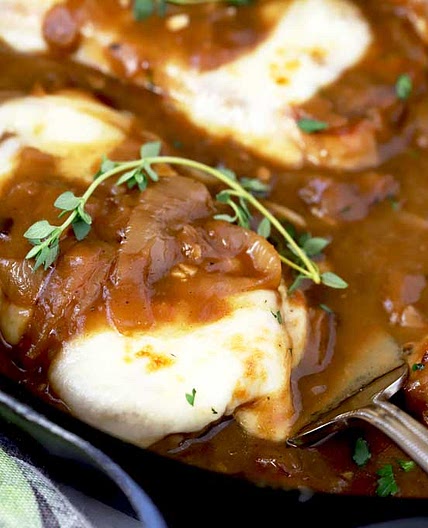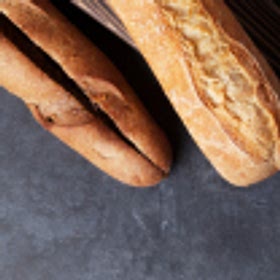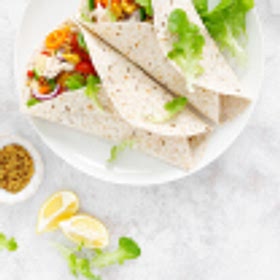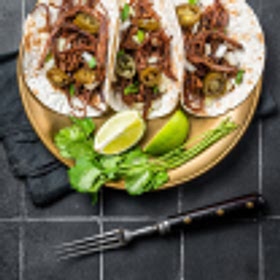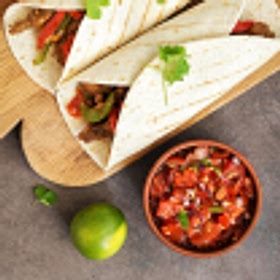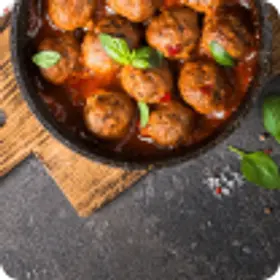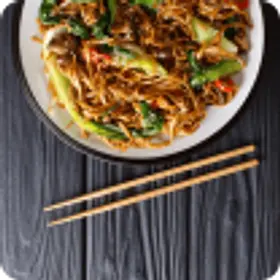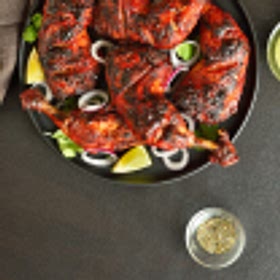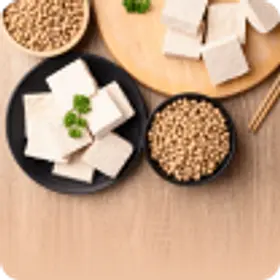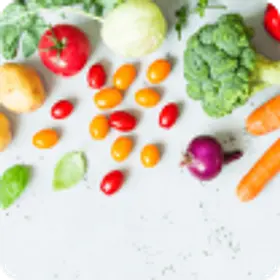100+ Pork chop Recipes
Explore the world of pork chops and learn how to cook them to perfection. From grilling to pan-searing, discover delicious ways to prepare juicy pork chops. Find tips on choosing the best cuts, marinating techniques, and serving suggestions. Whether you're a novice cook or a seasoned chef, pork chops are a versatile and flavorful addition to your meals.
- Energy: 0
- Total Fat: 0
- Saturated Fat: 0
- Carbohydrate Total: 0
- Sugars: 0
- Protein: 0
- Sodium: 0
- Fiber: 0
- Trans Fat: 0
- Monounsaturated Fat: 0
- Polyunsaturated Fat: 0
- Cholesterol: 0
- Calcium: 0
- Magnesium: 0
- Potassium: 0
- Iron: 0
- Zinc: 0
- Phosphorus: 0
- Vitamin A: 0
- Vitamin C: 0
- Thiamin B1: 0
- Riboflavin B2: 0
- Niacin B3: 0
- Vitamin B6: 0
- Folic Acid B9: 0
- Vitamin B12: 0
- Vitamin D: 0
- Vitamin E: 0
- Vitamin K: 0
- Tryptophan: 0
- Alpha Carotene: 0
- Beta Carotene: 0
- Omega 3 DHA: 0
- Omega 3 EPA: 0
Pork chops are a popular and tasty meat dish that can be enjoyed by people of all ages. They are cut from the loin of a pig and offer a rich and flavorful eating experience. They’re also quite affordable and easy to find, so make a good weeknight meal when you’re busy or don’t want to spend a long time cooking. Keep some in your freezer for days when you need dinner on the table fast!
Whether grilled, pan-seared, or baked, pork chops make a satisfying meal that can be served with a variety of side dishes.
Origins of Pork Chops
Pork chops have been a part of culinary traditions for centuries. They have their roots in European cuisine, where different cuts of pork were appreciated for their versatility and flavor. As people migrated to different parts of the world, they brought along their love for pork chops, leading to their popularity in various cultures. Now, pork is particularly popular in European countries like Germany and Austria, though we eat it across the world.
Choosing and Preparing Pork Chops
When selecting pork chops, it’s important to look for ones that are fresh and have a pinkish color. Avoid chops with excessive amounts of fat or a strong smell.
Before cooking, it’s a good idea to marinate the pork chops to enhance their tenderness and infuse them with additional flavors. What should you marinade them with? Good options include a combination of herbs, spices, and citrus juices. Think honey and garlic, lemon and paprika, or even Hawaiian pineapple.
Another popular option is barbecue pork chops, which are sweet and smokey.
Cooking Methods for Pork Chops
There are several cooking methods that can be used to prepare delicious pork chops:
1. Grilling: Grilling pork chops adds a smoky and charred flavor to the meat. Preheat the grill to medium-high heat and cook the chops for about 4-5 minutes per side until they reach an internal temperature of 145°F (63°C).
2. Pan-Searing: Pan-searing is a simple and quick method that results in juicy and flavorful pork chops. Heat a skillet over medium-high heat, add a small amount of oil, and sear the chops for about 3-4 minutes on each side until they are nicely browned and cooked through.
3. Baking: Baking pork chops in the oven is an easy and hands-off cooking method. Preheat the oven to 375°F (190°C), place the seasoned chops on a baking sheet, and cook for approximately 20-25 minutes or until they reach the recommended internal temperature.
To make pork chops tender when frying, start by seasoning them with salt, pepper, and any desired spices. Heat a skillet over medium-high heat and add a small amount of oil or butter. Place the chops in the hot skillet and cook for a few minutes on each side until they develop a golden-brown crust. Reduce the heat to medium-low and continue cooking until the internal temperature reaches 145°F (63°C). It’s crucial not to overcook the chops, as this can make them tough. For extra tenderness, you can also marinate the pork chops before frying, and lightly pound them with a meat mallet. Both of these help break down the muscle fibers and make them more tender.
Serving Suggestions
Pork chops can be served alongside a variety of delicious side dishes. Baked potatoes and steamed vegetables make for classic and comforting accompaniments to pork chops. If you prefer something lighter, a fresh garden salad with vinaigrette dressing adds a refreshing element to the meal. And for something unusual, grilled or roasted seasonal fruits, such as apples or peaches, provide a sweet and savory contrast to the savory pork chops.
FAQs
Q: Can I use boneless pork chops instead of bone-in?
A: Yes, boneless pork chops can be used as a substitute. They cook a bit faster and are often leaner.
Q: How can I ensure my pork chops are cooked to the right temperature?
A: The recommended internal temperature for pork chops is 145°F (63°C). Use a meat thermometer to accurately check the temperature at the thickest part of the chop.
Q: Can I freeze leftover cooked pork chops?
A: Yes, cooked pork chops can be safely stored in the freezer for up to three months. Make sure to wrap them tightly in freezer-safe packaging to maintain their quality.
Q: Are pork chops lean protein?
A: Yes, pork chops are considered a lean source of protein. Lean cuts of pork, such as center-cut pork chops, have less fat marbling compared to fattier cuts like rib chops. Pork chops are an excellent source of high-quality protein, providing essential amino acids that support muscle growth and repair. They are also a good source of vitamins and minerals, including thiamine, niacin, vitamin B6, phosphorus, and zinc. Incorporating pork chops into a balanced diet can contribute to meeting your protein needs while enjoying a flavorful and nutritious meal.
